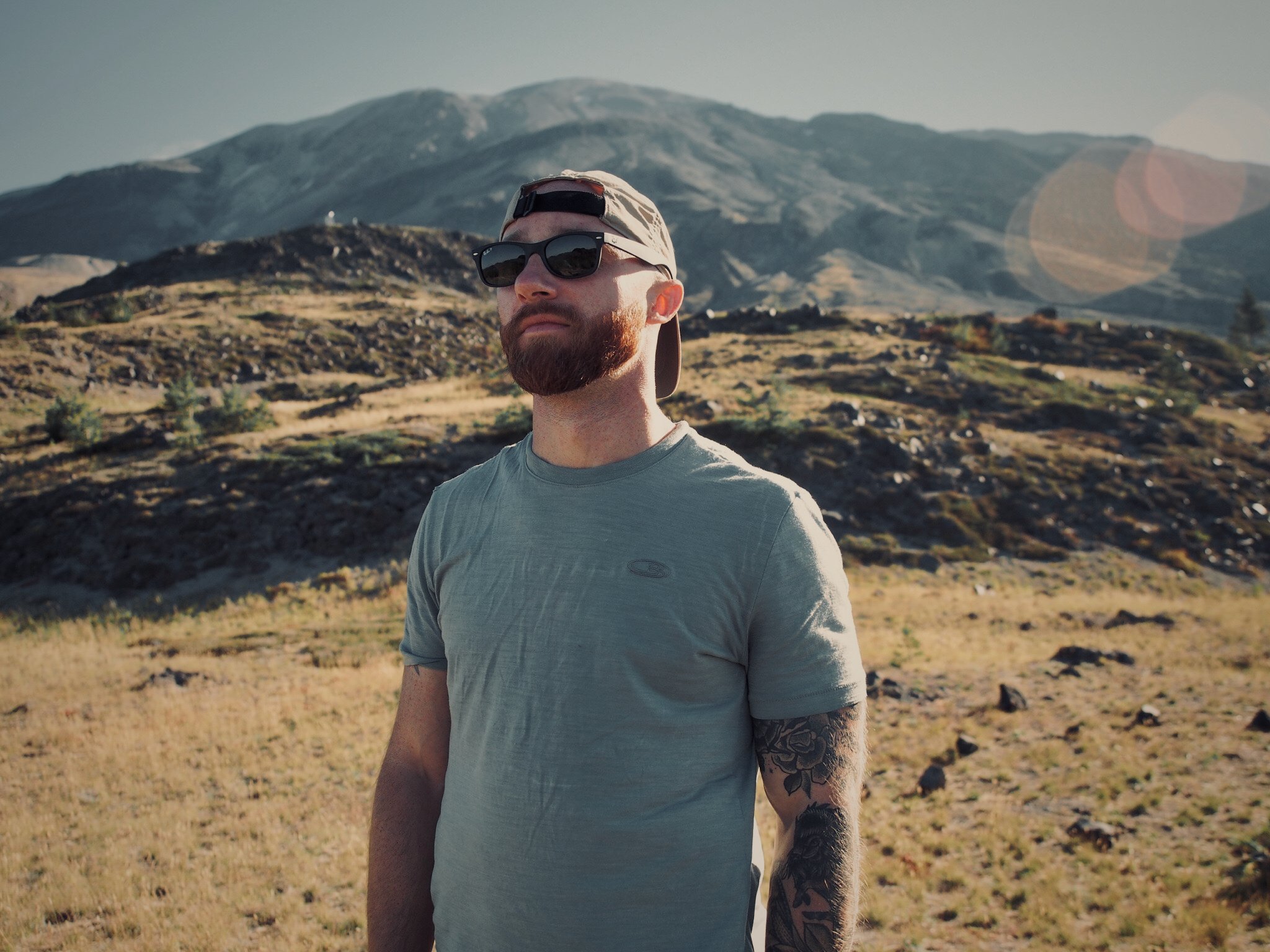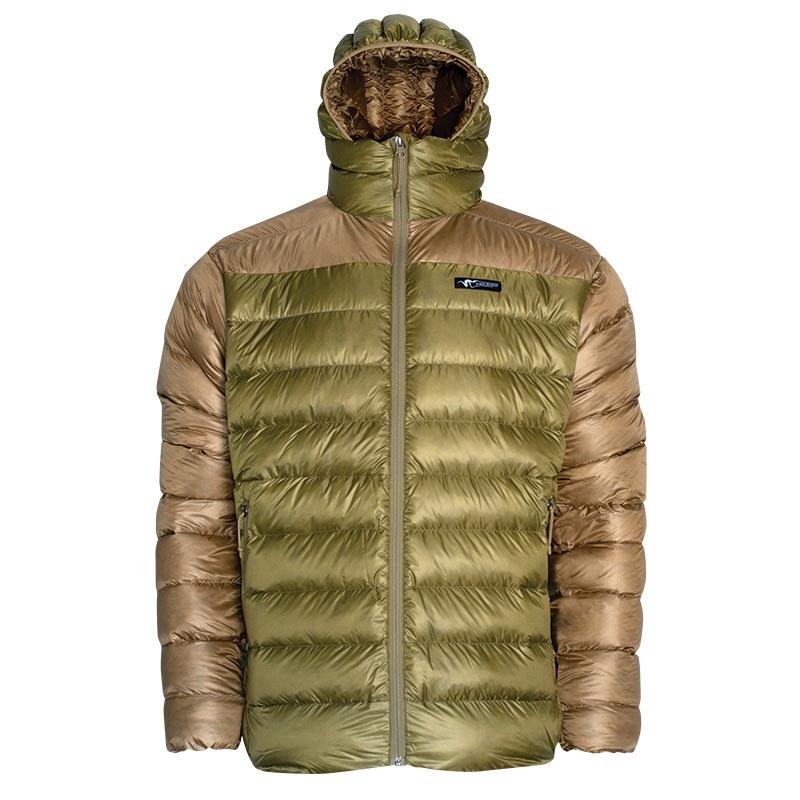Synthetic vs. Down Insulation and How To Choose
Both down and synthetic insulations have come a long way in the last few years. They’ve improved in quality, overall weight, performance, and even affordability. Choosing which is right for you depends on a number of variables such as weather conditions, expected temperatures, hunting style, and even personal preference.
Choose the right insulation and you’ll find yourself willing to endure those early mornings behind the glass, however, choose the wrong insulation and it may result in an inability to effectively stay warm throughout your hunt. Staying warm on your hunt isn’t just a creature comfort, it could be the difference between staying in the field to punch a tag or going home early.
Contents
Down Insulation Explained
Down insulation has been in the game for a very long time. It is quite literally made of a goose feather that, when put into a baffle, creates a lofted barrier between you and the outside air temperature. The more loft these feathers have, the better they’ll perform for you. How well they remain lofted and how much it takes to create said loft depends on the quality of the feather. You’ll see this represented in a number like 600, 700, or 800. The higher the number, the less down it requires to attain a certain amount of warmth (think sleeping bag temperature ratings). Less down required also means less overall weight of the item, but it also means this higher quality down comes at a higher price point.
Down excels in the warmth-to-rate ratio and also packs down very small. It’s quick to warm the user and as long as it stays lofted, it does a great job of retaining warmth.
Where down insulation has trouble is when it gets wet or loses its loft. If down wets out, it will glob together and form clumps of feathers that offer no warming function whatsoever. Loss of loft can also happen if a jacket or a bag has been stuffed tightly in a small sack for too long which is why all down products need to be stored correctly when not in use.
To battle this issue of down being susceptible to wetting out, manufacturers have begun applying a water-resistant coating to these down feathers which help make those wet days in the field less dangerous to the down feathers. This water-resistant coating works great, but it will wear off at some point so it’s not a 100% solution to the issue. Coating or no coating, anyone using a down product should be very careful and take precautions to ensure it remains as dry as possible.
Synthetic Insulation Explained
Synthetic insulation has traditionally been much heavier and bulkier than down, however with the advances in technology, it’s becoming a neck-and-neck competitor to the down alternative. The synthetic material used for insulation isn’t something that requires baffles to contain because it’s usually a single sheet of material that is sewn into the item. This means it won’t bunch up over time and won’t create cold spots where heat can escape from.
Synthetic insulation shines during inclement weather. It will continue to provide warmth to the user even if it wets out making it an ideal choice for hunters headed into the later seasons in areas where rainfall is expected.
For active hunters who often hike in their warming layers, synthetic insulation won’t cause the user to overheat as quickly as down will. Overall breathability is due to synthetic insulation being more breathable as well as the breathability of the outer material used on the garment. With no feathers at risk of poking through, materials used to cover the insulation can have a looser weave without risking the loss of insulation. Alternatively, down is not the greatest choice to be active in as it can quickly warm the user and won’t breathe as well.
How to Decide Which Insulation Is Right For You
Personal preference aside, the rule of thumb for deciding which insulation to choose depends on the weather. If you expect there to be moisture in the air due to rain or humidity, then synthetic is going to be the recommended insulation type. If, however, you’re hunting a dry region where moisture won’t be an issue, then down is the recommended solution.
Use the questions below to help determine which is right for you;
Are you expecting rain or humidity?
Will your hunt be dry?
Will you be hiking in your insulation or just warming up with it?
Is weight an issue?
Do you know if your body prefers synthetic over down?
What’s most popular in the region you’re headed to?
If you’re using an outfitter, what do they recommend?
If you go with Down and it gets wet, do you have a method of drying it out overnight? (i.e. stove)
ATTENTION!!
If you’re planning a hunt during the winter and are expecting snow rather than rain, don’t forget about condensation build-up in your shelter at night. Condensation can easily soak a sleeping bag or jacket overnight.
The Choice Is Yours
Deciding on your insulation type isn’t something that most hunters focus all their attention on, but it should be something they consider carefully. Having the ability to effectively warm your body during a hunt will keep you and your mind in the game by keeping you comfortable out there. It’s the small things that add up to your overall success in the field so the more you can minimize possible modes of failure, the greater chance you give yourself of coming home with meat for your freezer.
If you have any questions about which insulation type is best for you and your hunt, don’t hesitate to reach out directly or join the Facebook group to find out what other hunters are using.
Emory, By Land
Thanks for stopping by the website and checking out this article! If you have any questions for me, you can leave a comment below or shoot me a personal message at emory@byland.co.
Product links
Here are a few fan favorites from the backpack-hunting community.







